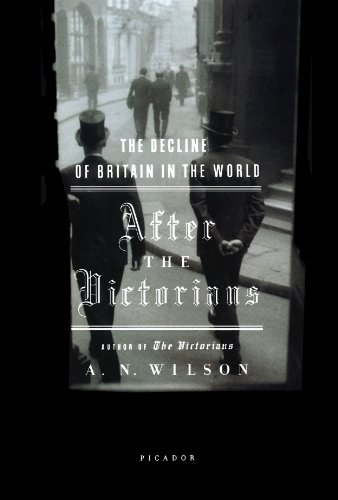Asle Toje – The European Union as a Small Power – After the Post-Cold War (2010)
The EU talks and dreams big, but is too unfocused to act on the global stage as a genuine great power. Toje argues that it is best understood as a small power, the middle layer of the international arena, an entity whose interests must be reckoned with by others, but has limited influence on its own outside its immediate neighbourhood.
Recommended: Yes.
Gösta Hammarlund – Hammarlund ’44
These cartoons from Dagbladet in 1944 are the worst newspaper cartoons I have ever seen. There is nothing interesting about them, not a hint of talent. This may in fact be the most useless second-hand book purchase I have ever made.
Recommended: Can I burn it? Can I? Can I?

A. N. Wilson – After the Victorians – The Decline of Britain in the World (2005)
I don’t mind at all an intuitive and opinionated approach to history, where one tries to get a feel for the age beyond what a list of events will provide, as long as the head in the skies is matched by feet on the ground. That seems to be the case here.
Recommended: Yes.
Okakura Kakuzō – The Book of Tea (1906)
Eplains the tea ceremony as a Zen/Taoism-inspired attempt at creating beauty out of the mundane.
Recommended: Yes, but mostly for the even more interesting details it hints at.





